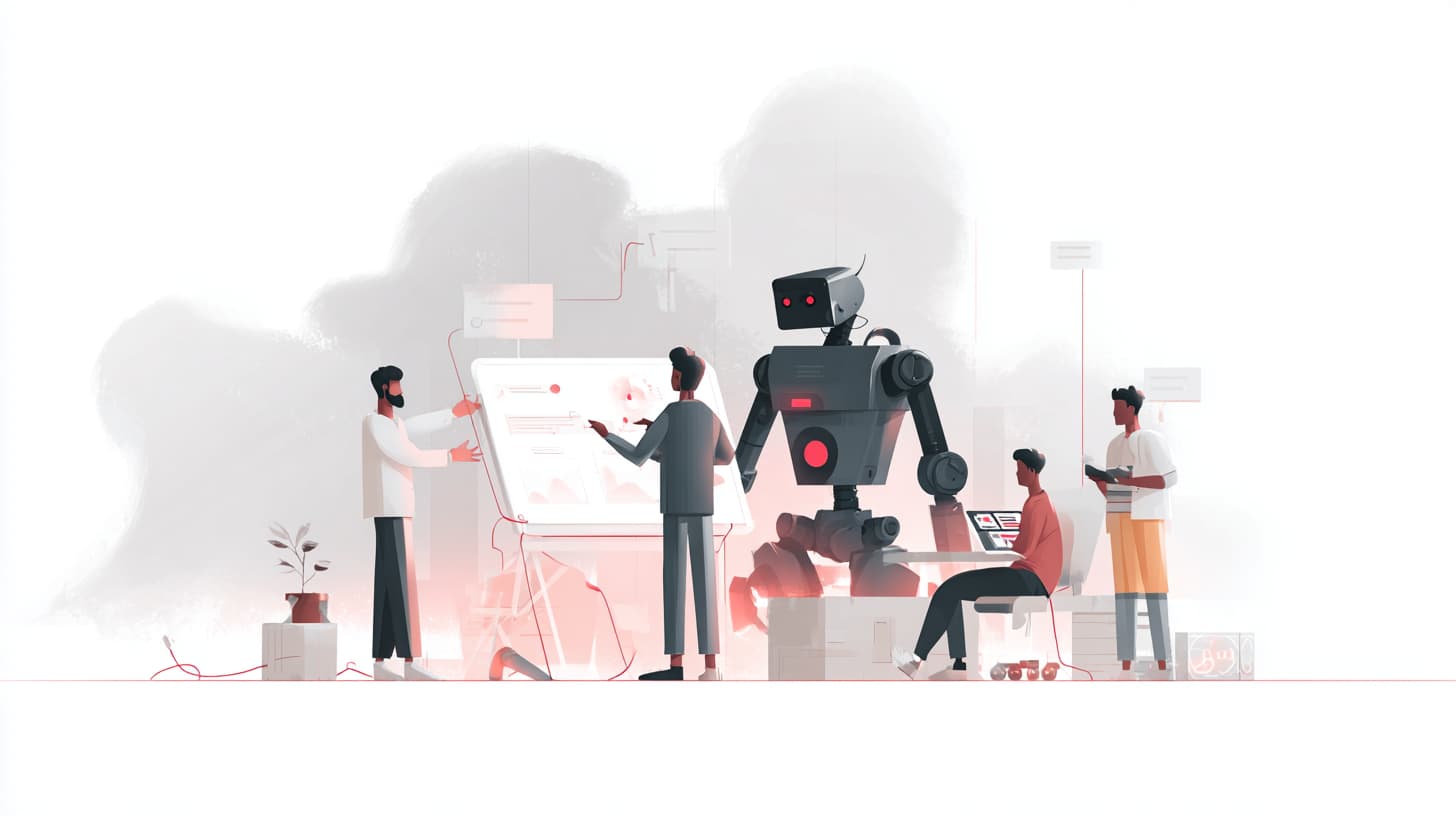By EloInsights
- Tech C-Level Brazil survey reveals latest trends for CTOs/CIOs, and how IT has been structured in the country’s most competitive companies.
- The unprecedented survey was carried out in partnership with the TEC Institute, which publishes the MIT Technology Review.
- One of the highlights is the figure of the “Augmented CTO”, a technology leader who brings even more robustness to an organization’s Digital Transformation.
The idea that business leaders should be increasingly fluent in technology skills, such as those that enable advanced automation, deep data analysis, systems architecture, artificial intelligence, among others, has become almost commonplace in the market.
With the advance of Digital Transformation in different industries, the digitization of services and processes in multiple layers of organizations, a contemporary leader has no choice: they need to become acculturated around these technologies, so that they become lenses for solving business challenges. Without this portfolio of tools, they run the risk of missing out on opportunities to generate value, simply because they don’t see them.
But the unprecedented Tech C-Level Brazil 2024 survey, carried out by EloGroup in partnership with the TEC Institute, which publishes the MIT Technology Review, reveals that this trend is stronger than ever, and demonstrates a development: now, technology executives, CTOs and CIOs, have also advanced into the territory of business leaders, incorporating multiple chairs, such as People and Culture.
This is the case of Daniel Knopfholz, from Boticário, who holds the positions of CIO (Chief Information Office) and CHRO (Chief Human Resources Officer) of the company.
“My experience is as a business manager, not in technology or HR. The decision to put someone with my profile in this position was really to change the situation. Today, we spend more on technology than on marketing. The IT cost line is the biggest, and it’s fundamental to revenue growth”, says Knopholz.
He was one of a dozen executives from some of Brazil’s most competitive companies who took part in in-depth interviews for the survey. The full findings of the survey can be found in the Special Edition of Tech C-Level Brasil published by MIT Technology Brazil.
“We needed to bring technology into the core of the company, get everyone to talk about it and work with people from the area”, explains Knopholz. “IT has gone from being a support point to becoming a decision-making element, part of the sales department, which decides the organization’s strategies”.
The quantitative survey was answered by 115 Brazilian IT leaders. It also reveals how CTOs and CIOs have structured their technology areas, pointing out budgetary and team organization trends.
Among the respondents, 42.6% were C-level, and 26.1% directors. 14.8% have been in this position for 5 to 10 years, and 38.3% for more than 10 years. The survey points to a persistent gender imbalance in technology leadership: 84.3% are men and 14.8% women.
“Before, there was this common sense that technology should not be an end, but a means to achieving business objectives”, points out Rafael Clemente, founder & CEO of EloGroup. “This generated a movement in which executives looked at their realities, made decisions about the goals to be achieved, and from there, demanded that the technology areas deliver what they needed”.
“Today, we understand that this is a limited view, for a number of reasons”, tells Clemente. “Perhaps the main one is that, in that old context, the absence of a deep understanding and fluency in emerging technologies on the part of business executives meant that they were not able to fully see the opportunities they brought in order to solve their problems”.
Although 80.9% of CTOs said in the survey that their companies already have a formalized digital strategy, 30.4% pointed that their areas still act in a supportive way to execute the digital strategy, as an “order desk”, while only 12.2% see IT as a reliable strategic advisor. This shows that, despite their maturity, Brazilian IT still has a lot of room for improvement in terms of becoming “trusted advisors” to the board.
Augmented CTO
“Technology has always played an enabling role”, highlights Matheus Americano, the EloGroup partner responsible for the technology practice. “It is just that in the past it delivered the best solution based on a demand, a driver from the business area. Nowadays, technology needs to enable the construction of scenarios that the business areas themselves often cannot imagine. The CTO/CIO is no longer just an enabler, but also a driver”.
This change gives the figure of the CTO a new shape, which Americano calls the “Augmented CTO”. “The Augmented CTO, as we call this new profile, is a professional who not only understands technology in depth, but also masters the nuances of the business. It is no longer a question of a technology executive who understands a bit about business or vice versa. This profile needs to be proficient in both sets of skills to have all the variables and answers needed to make decisions”.
Flexibility and the end of the ‘easy wins’ period
The Tech C-Level Brazil 2024 survey also points out that the need for more agile and flexible IT has become an increasingly present reality for organizations, resulting in the adoption of agile methodologies and frameworks, as well as growing investment in software as a service and cloud solutions with more flexible contractual and technological dynamics.
In the responses on IT budget allocation estimated for 2024, 16.5% cited software as a service, while 13.9% cited infrastructure as a service (IaaS) and public cloud services. At the same time, among the competencies with the largest number of IT employees, agility, management and projects appear as a priority for 14.8% of respondents.
Also noteworthy in the survey is the perception that the period of “easy wins” with digital transformation is over, with companies facing increasing pressure for tangible and measurable results. Executives appear increasingly focused on productivity, cost reduction and efficiency gains.
Among the most important KPIs for decision-making are “productivity gain” (30.4%), “revenue growth” (21.7%) and “cost reduction” (18.3%). The same trend appears in the answers about the strategy’s planning horizon, with the short term, 1 to 2 years, accounting for 45.2% of the answers, followed by the medium term, 3 to 4 years, accounting for 32.2% and the long term, over 5 years, accounting for 13.9%.
Artificial intelligence
One of the most hyped topics in recent years, the application of artificial intelligence to solve business problems is already a trend among respondents.
Although more traditional data analysis and intelligent business appear to be the majority of use cases, with 66%, several other verticals are already emerging as candidates for first movers in the integration of Generative AI, such as customer service (54%), product and service development (40%) and marketing (24%).
“The future belongs to those who understand the power of data and have the ability to translate it into strategic actions, using technology as a catalyst to generate value at scale”, says Marcio Pupin, the EloGroup partner responsible for the Artificial Intelligence practice. “Being data-driven is no longer a differentiator and has become essential.”











